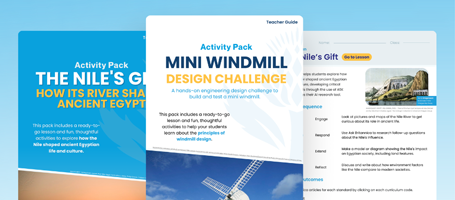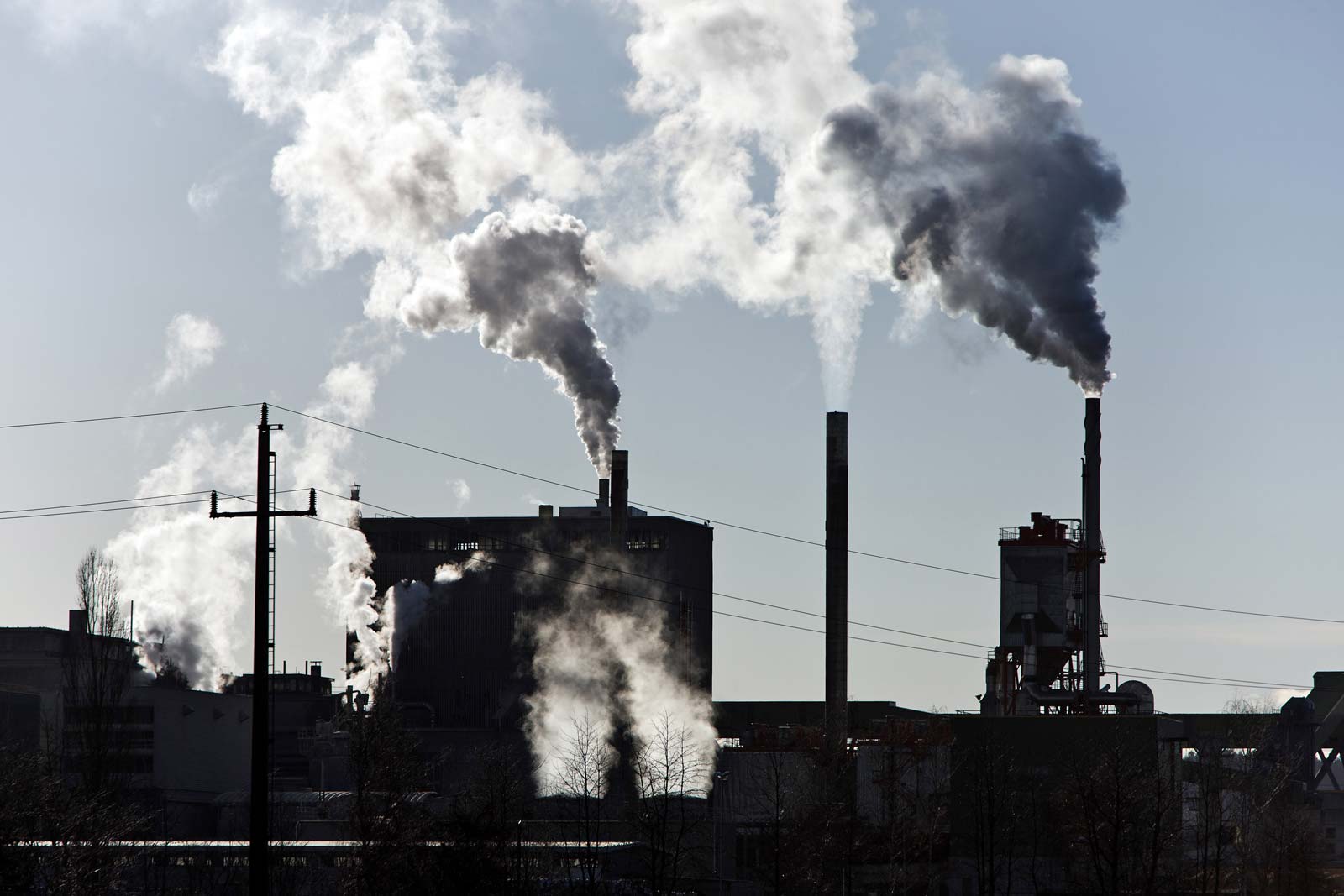The following activities have been created to supplement resources from Britannica School. They can be used as a basis for lessons around the topic of Air Pollution. Contact your librarian to find out if your institution already has access to Britannica School or claim your own free trial.
Unit Title:
Air Pollution
Years:
3-8
Key Learning Areas:
Humanities and Social Sciences (HASS) and Science
Assessment:
- Various work samples based on tasks completed e.g. Discussions, Main Idea worksheet
- Observation of students as they research and work through the task elements
- Observation of discussions
Resources:
- Internet access
- Device
- Cause and Effect Worksheet
- Main Idea Worksheet
- T Chart
Introduction:
Air pollution is a major environmental issue faced by people in our world today. By understanding what air pollution is, the causes of air pollution and the effect air pollution has on our environment and health, everyone can do their part to reduce it!
Teaching Strategies / Learning Experiences:
The following resources and activity sets can be expanded into lesson plans or community events, distributed as guided study resources or used to frame group discussions. Supporting media can be displayed on an interactive whiteboard or projector to encourage collaboration in a classroom environment.
Activity: What is Air Pollution?
Display the following images to illustrate air pollution around the world. Brainstorm words that describe the images, also discuss the smells associated with air pollution.
Automobile: Air Pollution
Air Pollution: Factories Smokestacks
Mexico City: Pollution, Mexico City, 1986
Additional images from ImageQuest
Air Pollution
Traffic Air Pollution
Smoking Chimneys of an Oil Refinery at Sunset
Complete a T Chart describing the Sights and Smells observed when observing air pollution.
Access the Britannica article on Air Pollution and use the information to explain what air pollution is. Record ideas on the Main Idea worksheet.
Activity: What Causes Air Pollution?
Using the related content website from Britannica, Environmental Pollution Centers – What Is Air Pollution? and by watching the National Geographic video Air Pollution, Explained, investigate the different types of air pollutants.
Some examples to investigate from Britannica include;
Volcanic Eruptions
Wildland Fires
Fossil Fuels
Fossil Fuels
Greenhouse Gases
Smog
Use the Cause and Effect worksheet to explore the air pollutant and its effect on people’s health and the environment.
More Educator Resources
Sign up with your email for more free resources from Britannica.
Activity: How do we Decrease Air Pollution?
Students brainstorm a list of what can be done to reduce the amount of air pollution. Hold a class discussion in which students share their ideas. Discuss which ideas are easy to implement and which would take more effort.
Discuss, one way to decrease air pollution is to decrease our use of fossil fuels. Fossil fuels are used for many energy purposes, such as transportation, electricity and manufacturing.
Alternative Energy sources can be used to replace fossil fuels as renewable energy sources.
Renewable sources of energy include;
- Solar Energy
- Photovoltaic Cell (Solar Cell)
- Wind Power
- Wind Turbines
- Waterpower
- Germany: Eifel Region
- Geothermal Energy
Create a list of ways students can individually decrease air pollution/pollution. Challenge the students to take action and commit to one of the suggestions below.
- Use public transport or car sharing, cycle or walk.
- Switch to a hybrid or electric vehicle and request electric taxis.
- Turn off the car engine when stationary.
- Reduce your consumption of meat and dairy to help cut methane emissions.
- Compost organic food items and recycle non-organic trash.
- Switch to high-efficiency home heating systems and equipment.
- Save energy: turn off lights and electronics when not in use.
- Choose non-toxic paints and furnishings.
- Audit your family’s habits – ask questions like; How often do people have a shower? Do you throw clothes in the wash when they could be worn again? Which appliances do not need to be plugged in all the time? Where has your food come from, locally or imported?
Activity: World Environment Day Mask Challenge
Face masks are a great symbol to show leaders we want to breathe clean air.
9 out of 10 people breathe polluted air.
On June 5th people around the globe celebrate World Environment Day. To encourage awareness the organisers have invited people to join the Mask Challenge.
- Take a photo or video of yourself wearing a mask to post on social media. Don’t have a mask?
- Get creative and make your own!
- In your post share the action you’ll take to reduce air pollution.
- Tag 3 people/organisations/companies to challenge them to do the same.
- Use #WorldEnvironmentDay and #BeatAirPollution in your social media posts and don’t forget to tag @UNEnvironment.
Sources:
World Environment Day Global
Encyclopaedia Britannica – Earth’s To-Do List
Persil Sustainability for Kids
These activities and resources have been created using content from Britannica School, the go-to site for safe, comprehensive student research. Contact your librarian to find out if your institution already has access. Find out more about Britannica School or set up your own free trial.

